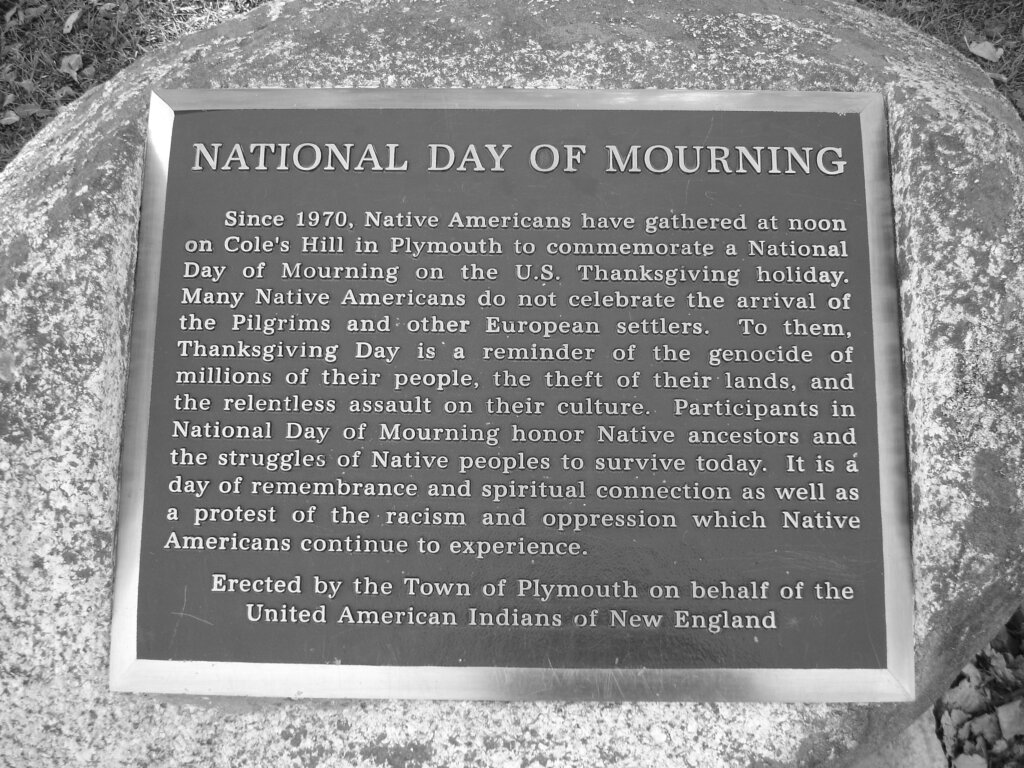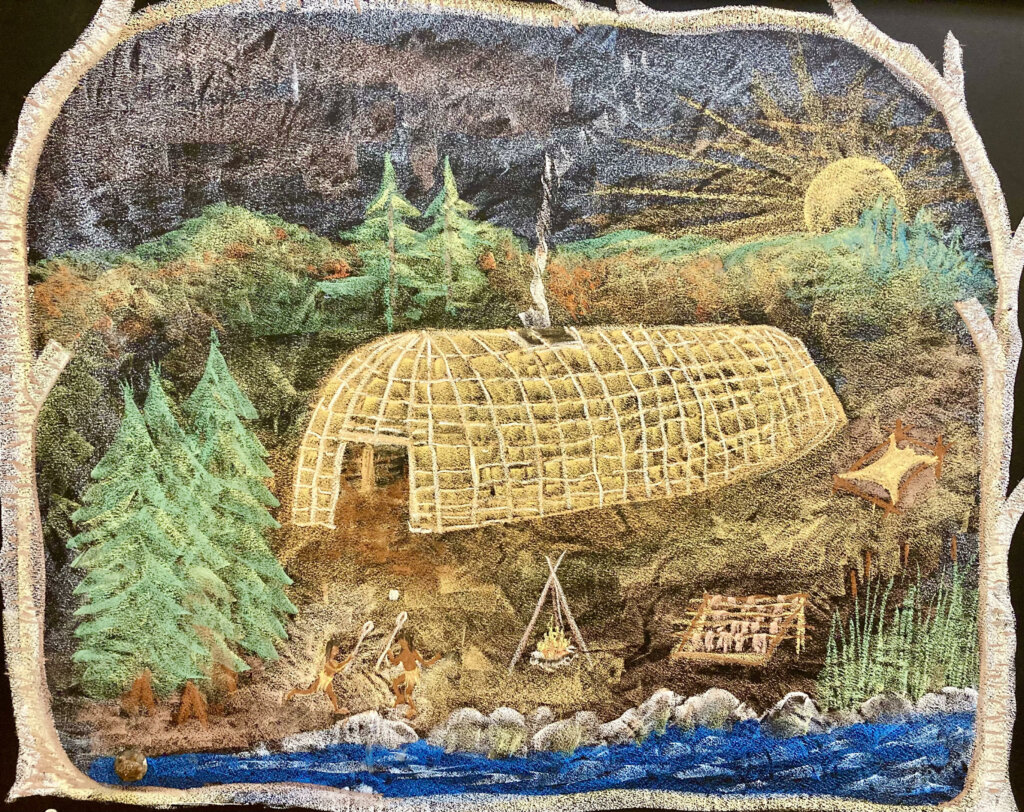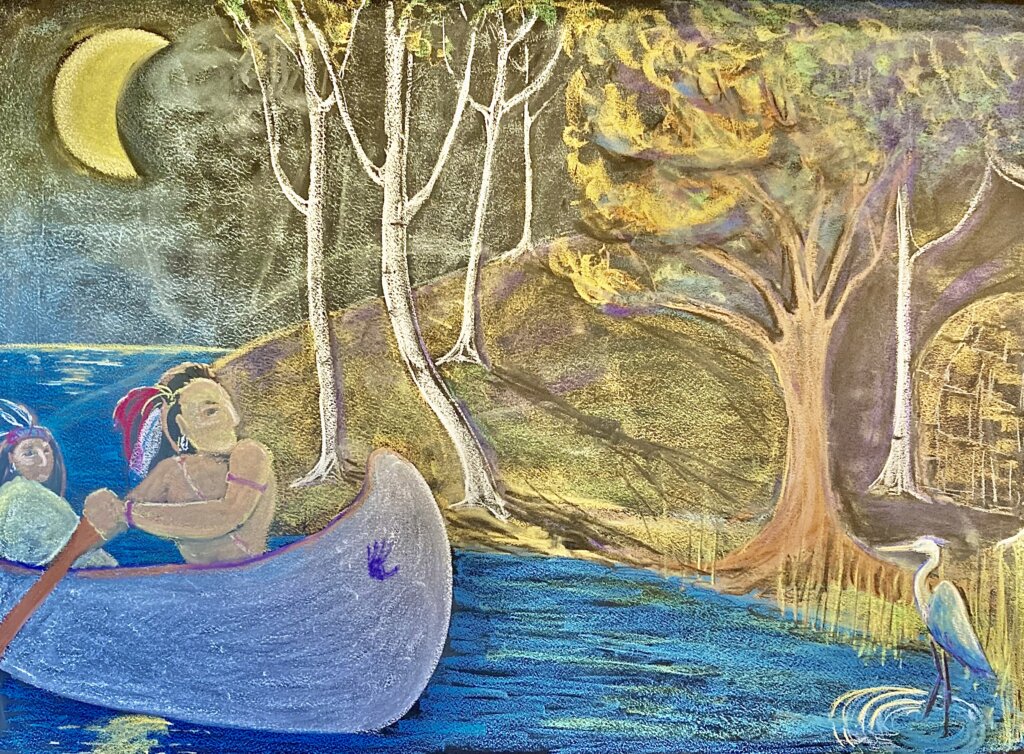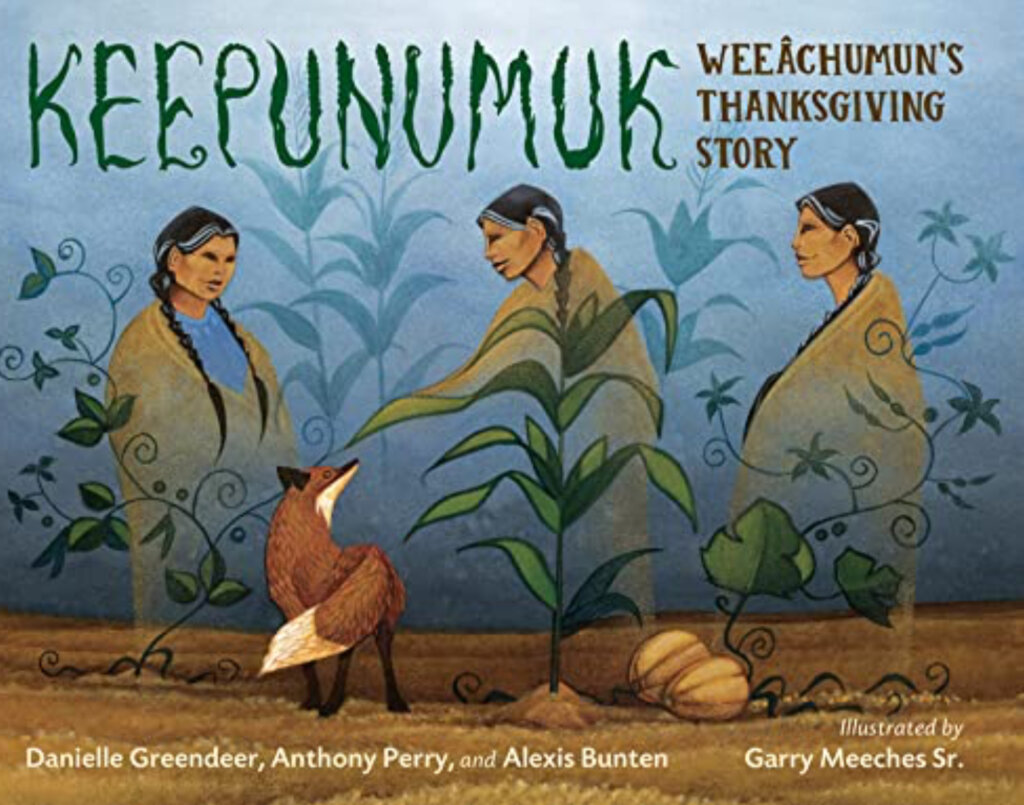The Real Thanksgiving
Following Waldorf Education founder Rudolf Steiner’s indication that nothing should be brought into the classroom that is not meant to last for the child’s whole life, Berkshire Waldorf School teachers are conscientious and deeply thoughtful about the stories they tell, understanding that they are intended to live in our lives, our children’s lives, and in our school, well beyond our time.
Teaching with Stories
Stories are powerful. Starting in Early Childhood, teaching in Waldorf Schools is brought to the children as a story. Stories have been an effective information delivery system for human beings for millennia. They teach ideas and concepts, but also ways of being, moral situations and solutions, manners, creative problem-solving, cultural heritage, diverse points of view, identity, belonging, and much more. They touch the heart, not only the mind, appealing to each child’s imagination and curiosity. They engage us on a personal level, relevant to our own experience, and attach effectively to feelings and memory. Stories teach us how to be human.
The True Story of Thanksgiving
As we know, the true story of Thanksgiving is vastly different from the one told to us in our own Elementary School assemblies as children. The stereotypical story of pilgrims and Indians sharing a peaceful feast has had vast, devastating and lasting repercussions for Native nations. That’s why it’s so important to separate myth from history. Right here in New England, the Wampanoag Tribe first experienced the arrival of European settlers about 400 years ago in Patuxet (Plymouth).
BWS parent Lev Natan of Alliance for a Viable Future writes, “While Thanksgiving is a time of gratitude, we must acknowledge the true history of its origins and what it meant for the future of the Indigenous people of North America and their descendants.”
The Whole Story
Since 1970, the United American Indians of New England (UAINE) have marked Thanksgiving as a National Day of Mourning, a day of protest and remembrance for all that has been taken. (Learn more about it in Resources, below.)

How to Tell the Thanksgiving Story to Children
As parents, educators and caregivers, we’d like to offer some resources regarding the celebration of Thanksgiving. We believe it’s important that we keep evolving the conversation about the meaning of this holiday, as we grow with our families and little ones.

For very young children, Rose Room Nursery teacher Beth Oakley writes, “It’s enough to consciously introduce them (without tokenizing) to stories and appreciations of Indigenous people and traditions during this time of year in a meaningful way. If we as grown-ups carry this gesture of appreciation and acknowledgment with us during our Thanksgiving celebrations, the children will pick up on that inner mood, and grow to be even better human beings because of it.”

Ms. Beth adds, “Books are perhaps the best and easiest way to lovingly and gently ‘educate’ young children on concepts such as appreciation, anti-racism, inclusion and equity, and there is some stellar children’s literature out there to read to your little one at home.”
Another Point of View
This Thanksgiving, we have a special gift to share with you, a new book called Keepunumuk: Weeâchumun’s Thanksgiving Story. This is the story of the “first Thanksgiving” from the First Nations point of view, co-written by Danielle Greendeer (Wampanoag), Anthony Perry (Chickasaw – BWS Admissions Director/DEI Committee Chair Robyn Coe’s cousin), and Alexis Bunten (Unangan/Yup’ik), and illustrated by Garry Meeches, Sr. (Anishinaabe). The story, told from Weeachumun’s (Corn) point of view, includes a planting guide for growing the Three Sisters – corn, beans and squash – that traditionally sustained the Wampanoag, and that saved the pilgrims during their first year in Patuxet.

Getting Started
We recommend visiting Anishinaabe author Louise Erdrich’s Birch Bark Books, a Native-owned resource for literature that has twenty-nine full pages of children’s books available. And of course, these books should not only be visited this time of year, but all year. Consider learning and sharing the true story of Thanksgiving as a jumping off point for so much more learning.
Wishing you and your family the warmth of belonging, remembering that everyone deserves a seat at the table and welcome for the gifts they bring.
More Resources for Adults
Rose Room Nursery teacher Beth Oakley recommends reading this article from The Atlantic about the Wampanoag, and heading over to Teaching Tolerance for more resources.
We encourage you to visit the Mashpee Wampanoag Tribe‘s website. In addition, you can learn more about the UAINE’s National Day of Mourning (which takes place on Cape Cod every Thanksgiving at noon, including via live feed – quite a difference from the Macy’s Thanksgiving Day parade) and how to talk to children about Thanksgiving right here on our blog.
Berkshire Multiracial Families shared this interview, in which Cherokee children’s book author Traci Sorell (We Are Grateful: Otsaliheliga) discusses how to talk about Thanksgiving with kids.
Kieran Riley, husband of Pedagogical Lead Christianna Riley and “Farmer Kieran” to the children, shares this video reporting from his radio show on WGXC Hudson about the Wampanoag National Day of Mourning :
- Why These Native Americans Observe a National Day of Mourning (Huffington Post)
- The Harsh Truth About Thanksgiving – an interview with Larissa FastHorse, author of ‘The Thanksgiving Play’ (NowThisNews)
- Why the Story of Thanksgiving is a Lie (Smoke Signals)
- Native American Girls Describe the Real History Behind Thanksgiving (Teen Vogue)
- Unthanksgiving Day, a National Day of Mourning (Twinkl/USA)
From Keepunumuk co-author Alexis Bunten at Bioneers:
Here’s how we honored First Nations weekend in Great Barrington/Mohican Nation in October 2022. You’ll see many of our students and community members joining this public ceremony. On the Tuesday following First Nations Day, Mohican ambassador Shawn Stevens visited BWS to teach in the full Grades School circle.
- Northeast Indigenous Council on Climate Change – Watch this one first, it’s amazing! – Click Here
- Indigenous Peoples’ Day Ceremonial Walk – Click Here
- Video made by Southern Berkshires Community Television – Click here
Thanks for Sharing
YKK CPL! That’s Chickasaw shorthand for yakoke (thanks), che pisa la cho (see you next time).
–Admissions Director Robyn Perry Coe (Chickasaw Nation)







